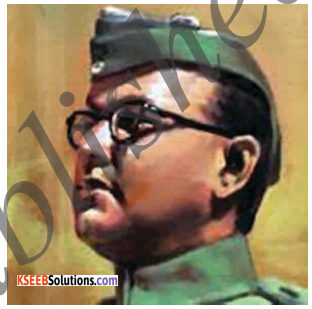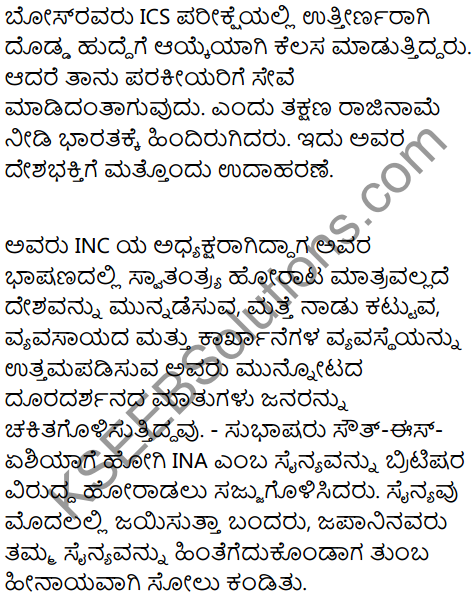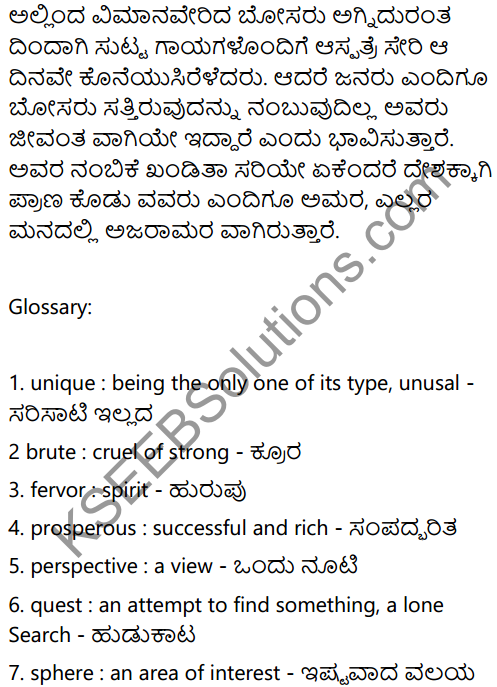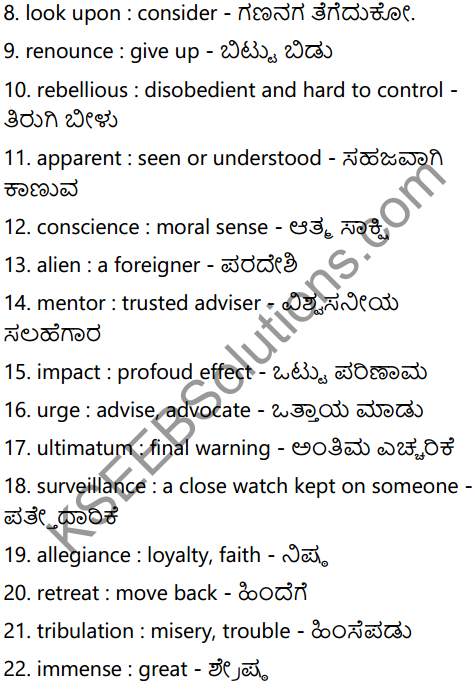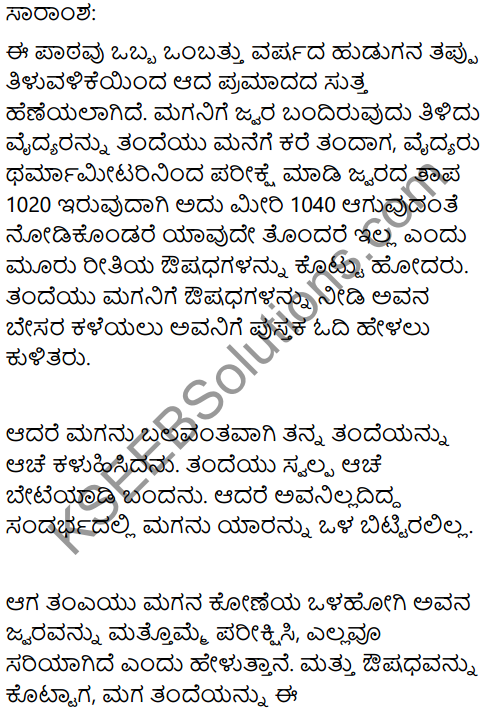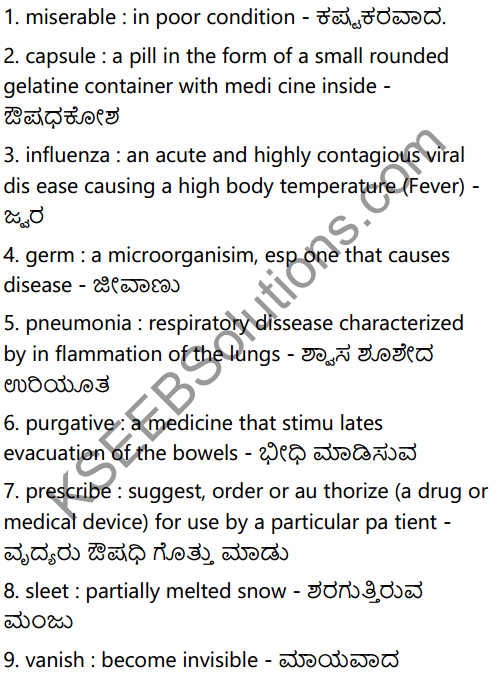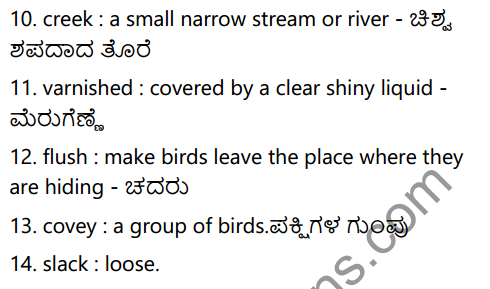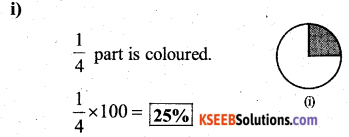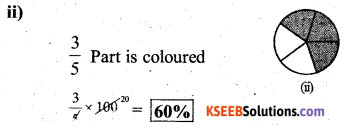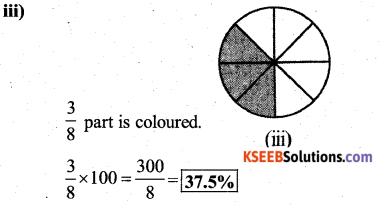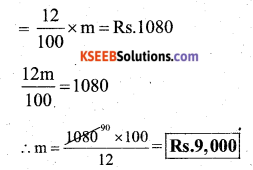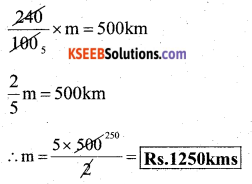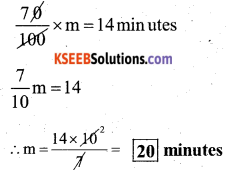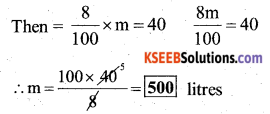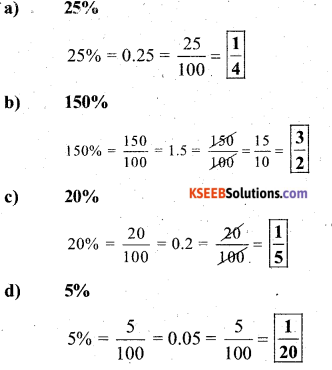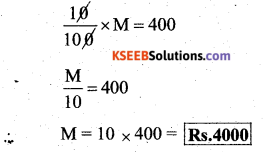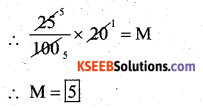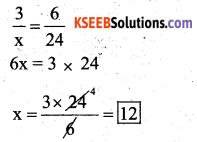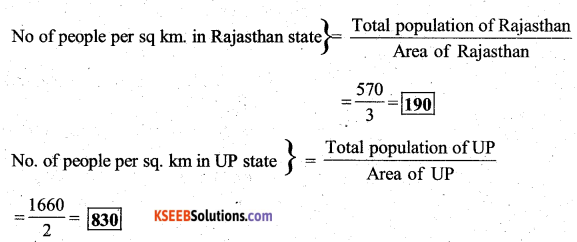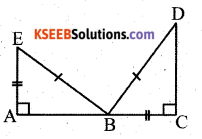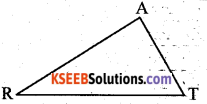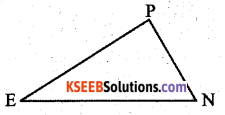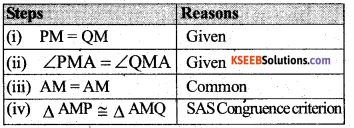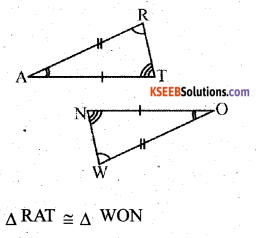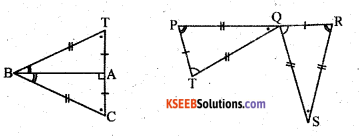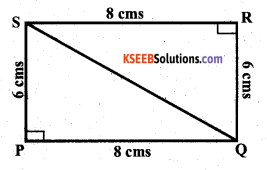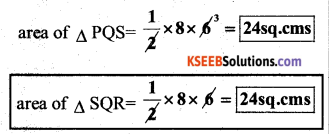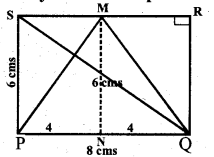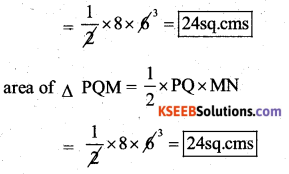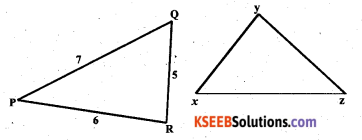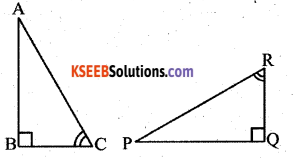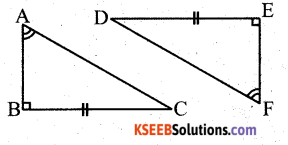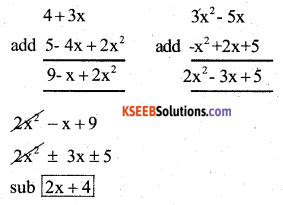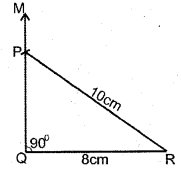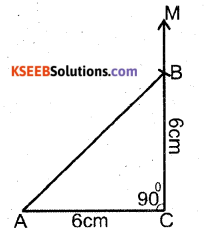KSEEB Solutions for Class 7 English Poem Chapter 7 Dear Grandma and Grandpa is available Online for students. Revise all the concepts of Chapter 7 Dear Grandma and Grandpa Questions and Answers easily taking help from the KSEEB Solutions. Download the KSEEB Solutions for Class 7 English PDF free of cost and get good scores in the board exams. English Chapter 7 Dear Grandma and Grandpa Questions and Answers, Summary, Notes Pdf, KSEEB Solutions for Class 7 English Karnataka State Board Solutions help you to revise complete Syllabus.
Karnataka State Board Class 7 English Poem Chapter 7 Dear Grandma and Grandpa
Enhance your subject knowledge through the KSEEB Solutions for Class 7 English Dear Grandma and Grandpa Questions and Answers lay a stronger foundation of your basics. Verify your answers with the Karnataka State Board Class 7 English Chapter 7 Dear Grandma and Grandpa with Answers provided and know where you went wrong.
Dear Grandma and Grandpa Questions and Answers, Summary, Notes
Before You Read:
Speaking practice
Look at the following picture and speak as many sentences as you can to describe what they are doing.
Recall Activity: Write as many words as you can.
He/she is the most
Self-assessment.
C1. Answer the following questions in one-two sentences each:
Question 1.
Who is the speaker in the poem?
Answer:
The grandchildren are the speakers in the poem.
Question 2.
Who does ‘you’ refer to in the poem?
Answer:
‘You’ refer to the grandparents in the poem
Question 3.
How do grandparents make their grandchildren feel they are special?
Answer:
The grandparents are very much affectionate to their grandchildren. They talk kindly, treat with love, and made more fun. At that moment they were also behaving like children. Totally the grandchildren always feel their grandparents are special.
Question 4.
How is the company of grandchildren helpful to grandparents?
Answer:
Grandparents feel lonely in their old age. Nobody accompanied them. But grandchildren are depending on them, they are very eager to give love and take love. Both of them enjoyed and in this way, they are helpful and give new hopes in their life.
Question 5.
According to the poet, what is the best thing grandparents can do for their grandchildren?
Answer:
Showing love and kindness and giving. hugs are the best thing that grandparents can do.
Question 6.
What is the secret that the grandchildren share with their grandparents?
Answer:
The grandparents give the best hugs and it is better than anyone. The grandchildren love their grandparents with their full heart and they believe their hearts belong to the grandparents.
C2. Discuss with your partner and answer the following question.
Question 1.
How do you express your love for your grandparents?
Answer:
Self-assessment.
C3. Observe that the word ‘two’ inline-five rhymes with the word you inline-six. Can you find the other rhyming words in the poem?
Answer:
The other rhyming words in the poem are ones-smiles, best-rest, true-you.
Dear Grandma and Grandpa Summary in English
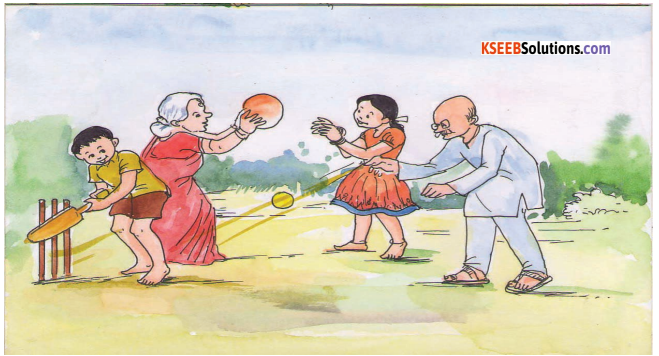
This is the poem of an unknown author. It is a very short poem. The main theme of this poem is the relationship between grandparents its guild children. towards their grandchildren. They see the things and world through the eyes of the child. The grandchildren need love and affection, their company, hugs, etc., The grandchildren get all these from their grandparents. In the company of children, they can also feel young and happy. For all the kind deeds the grandchildren gave their heart to them. Their relationship was really unforgettable.
Dear Grandma and Grandpa Summary In Kannada
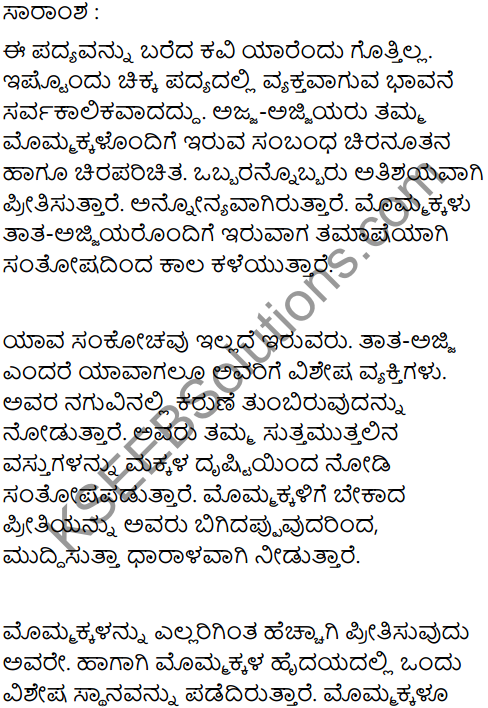
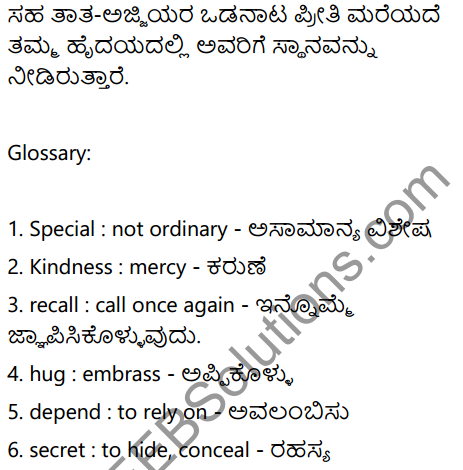
The above furnished information regarding KSEEB Solutions for Class 7 English Chapter 7 Dear Grandma and Grandpa Questions and Answers is true as far as our knowledge is concerned. If you have any doubts feel free to reach us via the comment section and we will reach you at the soonest possible.
